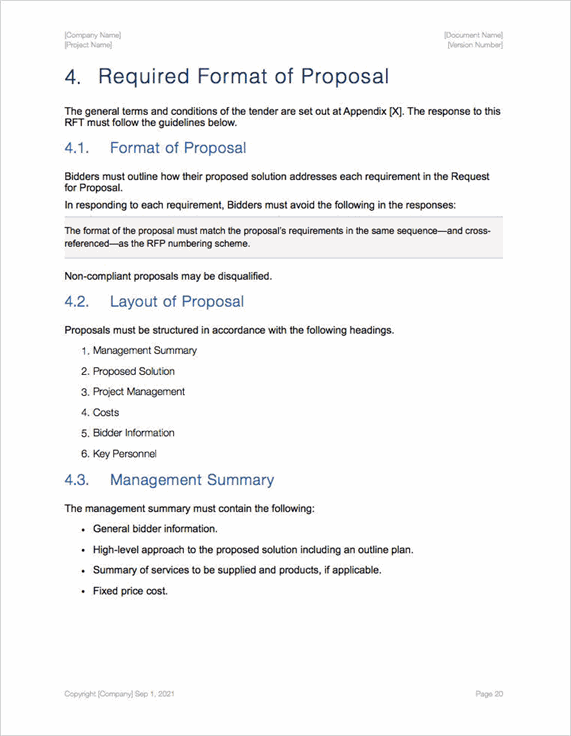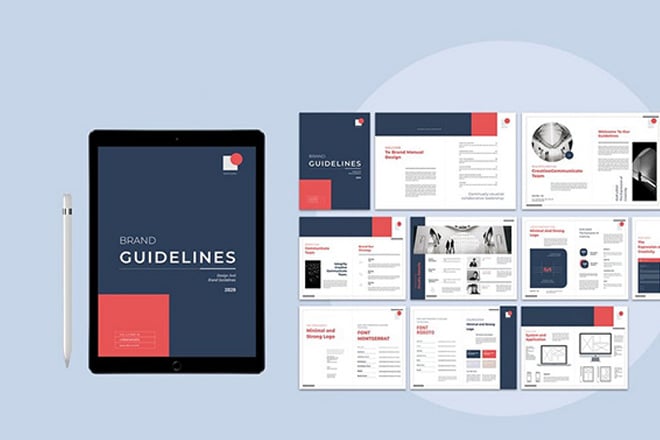

- #Software development proposals templates for keynote how to#
- #Software development proposals templates for keynote update#
- #Software development proposals templates for keynote upgrade#
- #Software development proposals templates for keynote full#
With this capability, React can prepare new screens in the background without blocking the main thread. To do this, it waits to perform DOM mutations until the end, once the entire tree has been evaluated. React guarantees that the UI will appear consistent even if a render is interrupted. It may even abandon an in-progress render altogether. React may start rendering an update, pause in the middle, then continue later. In a concurrent render, this is not always the case.
#Software development proposals templates for keynote update#
With synchronous rendering, once an update starts rendering, nothing can interrupt it until the user can see the result on screen.
#Software development proposals templates for keynote upgrade#
When you first upgrade to React 18, before adding any concurrent features, updates are rendered the same as in previous versions of React - in a single, uninterrupted, synchronous transaction.

So while it’s not super important to know how concurrency works, it may be worth knowing what it is at a high level.Ī key property of Concurrent React is that rendering is interruptible. However, Concurrent React is more important than a typical implementation detail - it’s a foundational update to React’s core rendering model. So we don’t expect React developers to know how concurrency works under the hood.
#Software development proposals templates for keynote how to#
As a React developer, you focus on what you want the user experience to look like, and React handles how to deliver that experience. When we design APIs, we try to hide implementation details from developers. But you won’t see those concepts anywhere in our public APIs. React uses sophisticated techniques in its internal implementation, like priority queues and multiple buffering. You can think of concurrency as an implementation detail - it’s valuable because of the features that it unlocks. It’s a new behind-the-scenes mechanism that enables React to prepare multiple versions of your UI at the same time. We think this is largely true for application developers, though the story may be a bit more complicated for library maintainers.Ĭoncurrency is not a feature, per se. The most important addition in React 18 is something we hope you never have to think about: concurrency. For more information, see the React Conf keynote here. Note for React Native users: React 18 will ship in React Native with the New React Native Architecture.
#Software development proposals templates for keynote full#

Last summer, we formed the React 18 Working Group to gather feedback from experts in the community and ensure a smooth upgrade experience for the entire React ecosystem. We’ve spent years researching and developing support for concurrency in React, and we’ve taken extra care to provide a gradual adoption path for existing users.

Concurrent React is opt-in - it’s only enabled when you use a concurrent feature - but we think it will have a big impact on the way people build applications. Many of the features in React 18 are built on top of our new concurrent renderer, a behind-the-scenes change that unlocks powerful new capabilities. Our latest major version includes out-of-the-box improvements like automatic batching, new APIs like startTransition, and streaming server-side rendering with support for Suspense. In this post, we’ll give an overview of what’s new in React 18, and what it means for the future. In our last post, we shared step-by-step instructions for upgrading your app to React 18.


 0 kommentar(er)
0 kommentar(er)
